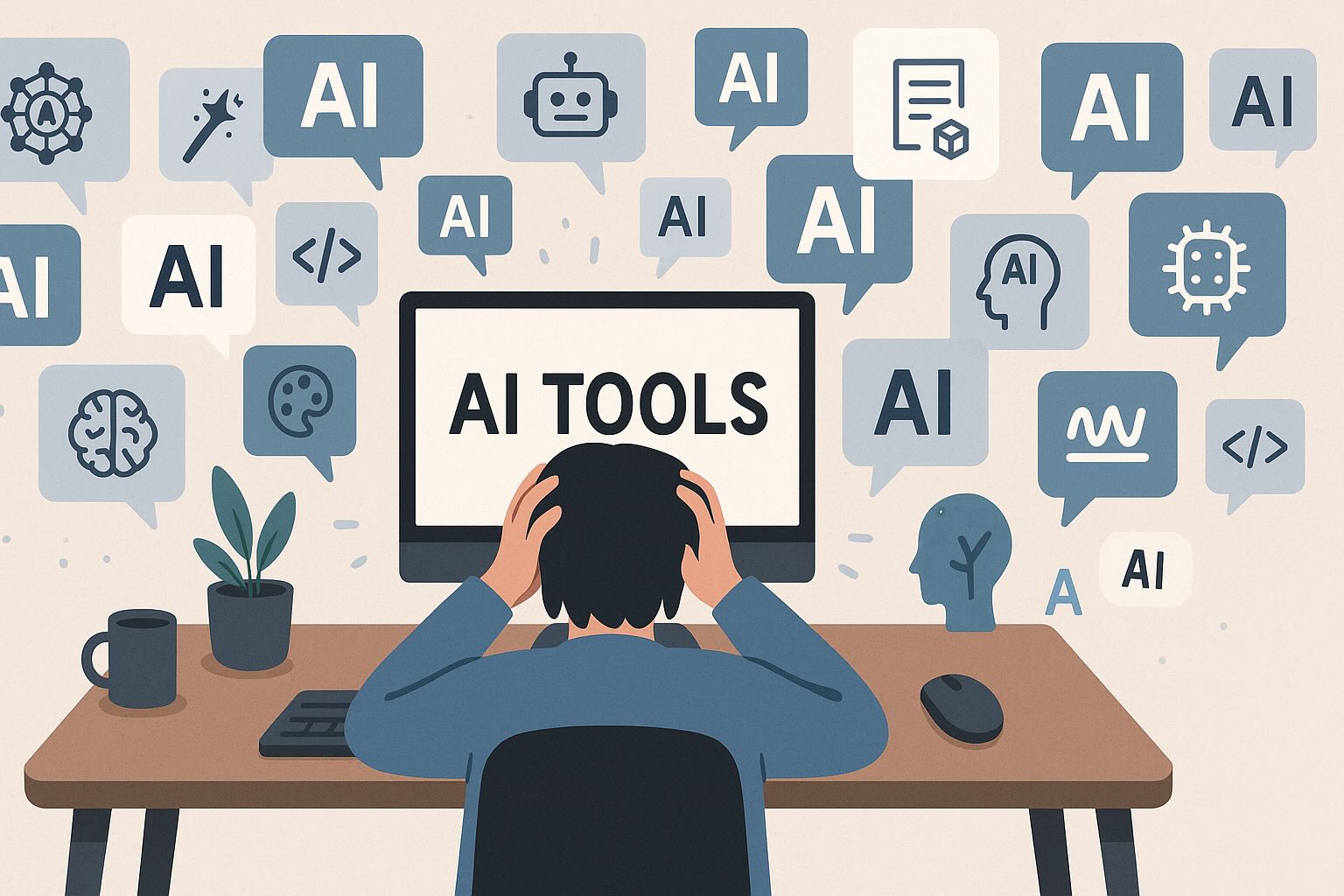
I took note on my different AI uses in a week, here they are
Connect with me on LinkedIn: jpmarindiaz
This Week I:
- Created an AI journalist with The Prompt Inception Technique to interview me and help organize my writing ideas
- Finished migrating 40,000 lines of code from one language to another
- Built a prompt and system for Datasketch to generate client proposals — what used to take a full day now takes just one hour
- Used AI to transcribe audio, convert scanned PDFs to text, and structure information on potential clients
- Developed an AI agent to explore data protection legislation across 15 countries
- Created an internal API to clean data
- Built a Chrome extension to extract structured information from my own LinkedIn profile
- Since I’ll be speaking at an open data event this week, I finally built a Speaker Bio Bot — it takes the event’s context and generates a tailored speaker description by pulling data from multiple versions of my CV and past engagements
- Nearly one-shotted and sent out 20 email pitches
- Researched the future of education in the AI era to propose ideas to schools
- Studied probabilistic graphical models and how to use them to streamline data analysis
Some Takeaways from This Work
- AI creating deeper inequalities?: My technical background gives me an edge in leveraging these tools — something that’s not true for everyone. This will widen inequalities unless the AI “app layer” becomes locally specific, fast.
- 10x productivity with AI: I’ve seen 10x productivity improvements for specific tasks. This isn’t just exponential (10% gains); it’s orders of magnitude. Even more powerful is the compounding effect of productivity behaviors. For example, building my own tool to extract text from PDFs allowed me to respond to a client RFP that came as a scanned document. The real challenge now is stitching tools together seamlessly — something AI agents can eventually solve, but we’re not there yet.
- Getting lost in AI jargon: It’s easy to get overwhelmed by the abundance of models, APIs, and platforms. I stay on top of it because I run an AI company — but that’s not realistic for most people. Today, you still need to push buttons and write code. The user experience is far from optimal, but we’ll get there.
- The Pareto Law of Vibe Coding: AI can get you to 80% of a product quickly, but the final 20% takes 80% of your time. Real-world use cases require systems thinking and problem decomposition — something non-coders will struggle with. I’ve even caught AI hardcoding outputs just to pass tests.
- AI is only as good as the data it can access: Much of AI’s real value comes from good data organization. I’ve kept detailed records of my speaking engagements for years — this enabled me to build a highly reliable Speaker Bio Bot. (Create an account at Datasketch if you want your own and I’ll reach out when we deploy it broadly)
- LLMs are still weak at knowledge discovery: Even with large context windows, they struggle to locate, trust, and reason with the right information in localized, nuanced settings. Multimodal input helps, but humans still outperform at integrating diverse information sources. One fix: don’t expect LLMs to know everything and drag around baggages of tokens — let them query trusted systems when needed. This is where multi-component prompting (MCPs) might help, though it’s early days.
- The challenge of input factuality for LLMs: Humans can build mental models from essays or fiction — we can sense when something’s off. AIs can’t. This isn’t just about fixing hallucinations in the ouput, it’s about teaching machines to discern the factuality of input. Most valuable information in the real world is local: internal docs, personal notes, legislation. This isn’t well accounted for in most AI deployments today.
These past months have been eye-opening. I feel more productive than ever — and not just in terms of output. The more I build, the more creative I get.
Some upcoming projects include:
- Record a podcast interview with my AI journalist
- Design two landing pages for special projects
- Run an experiment on model biases
- Build 20 small web apps for data processing and visualization
- Design marketing assets (including icons) for those 20 apps
And here some AI-drive tools I have built outside of work:
- Built a calendar app for my daughter’s school
- Created a book barcode scanner to organize my home library
- Designed a Christmas lamp with for kids: we described a christmas landscape to an AI, we cut it into paper layers, and assembled it with a backlight
- Downloaded a local copy of Deepseek — just in case we ever need an offline backup of a probabilistic encoding of world’s knowledge.
aiproductivitytools